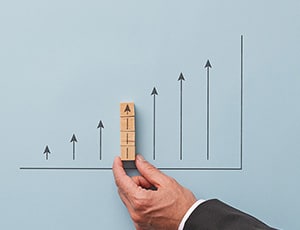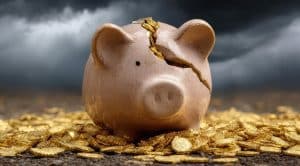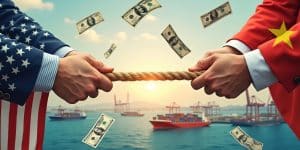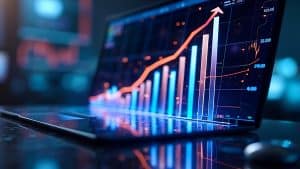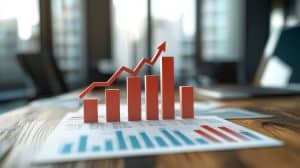
Chris Kuehl
Managing Director • Armada
Thus far this year the US economy has managed to dodge the expected recession and there has been many a sigh of relief as the worst of the predictions have not come to pass. For those that have been paying attention to the collection of dismal scientists offering their assessments we should have stumbled into a recession (or at least a serious downturn) last year and certainly by the start of this year. Instead, there has been fairly steady growth of 2.3% in both the first and second quarters. Does the economy keep this up? Are we looking at a real escape or did we just delay the inevitable? There are three factors that will determine where we go from here and there are some concerns with all three. On the other hand, these issues have been around for the past year and have not succeeded in dragging the economy down. At least not yet.
The first and most obvious is the impact of higher interest rates. The whole idea behind hiking rates is to slow the economy. It has been accurately described as taking a baseball bat to the system as the logic is very simple. Starve business of capital by making money expensive. If companies can’t expand, they will not hire and will likely lay people off. Higher levels of unemployment mean people have less money to spend and that means that producers will not be able to hike prices. Wages don’t increase as there are fewer jobs. It is brutal but it stems the rise of inflation. The Federal Reserve has been driving rates up at a pace not seen in decades and it is starting to have the intended impact. Every measure of loan activity is down, banks are as cautious as they have been in years, whole sectors of construction activity have stalled. Inflation is starting to come down but has this been enough for the Fed to stop hiking? That is the raging debate right now with hawks insisting another rate or two is appropriate and doves suggesting that enough has been done. If there is consensus, it is that rates are close to where they will remain for the next several months and even quarters. Even the hawks are unwilling to go further than another quarter point or two.
The second issue is employment. If the aim of the Fed is to slow the economy, the measure they usually rely on is employment. Once they see the jobless rate increase, they have some confidence that they have done enough but this time around the rate of unemployment has not budged. As long as there are plenty of jobs there is competition for workers and that generally means higher wages as business has to pay more to recruit new people and hang on to their existing staffs. The worker shortage has been acute for several years and it has been obvious that workers have the leverage right now. Unions have rarely been this active and successful. The reasons for the labor shortage are complex – everything from the retirement of the boomer generation to the impact of the pandemic, rise of the gig economy and the ability to work remotely. How long does this last? There are already signs of a shift. More and more businesses are demanding that people return to traditional work patterns. Wal-Mart just announced they were going back to lower starting wages. Companies are turning to technology and robotics at a very rapid pace to avoid having to deal with employees at all. The average number of applicants for a job has dramatically increased in just the last few months. If wages start to respond this will be good news for the employers but it also means there is less for consumers to work with.
The third factor is related to both of the above – consumer behavior. The US economy continues to be dependent on the consumer for 68% of its GDP. The consumer has been extremely resilient thus far and that is related to the labor situation. Even with wage inflation a third of people are living paycheck to paycheck and have been hit hard by inflation overall. The massive savings overhang that existed after the pandemic has largely dissipated and now the upper third of income earners have been feeling the pinch. If the stress on consumption continues to build there will be immediate shifts in the economy. It has already been noted when it comes to discretionary items and “little luxuries”. The spending by consumers has been keeping the economy afloat and we are starting to enter the critical holiday spending season. A slip in Q4 numbers would be deeply worrisome as regards the expectations for 2024.
Recent Posts
- The All Powerful and Influential Automotive Sector July 10, 2025
- Tariff Fatigue June 24, 2025
- Obtaining Financial Records from Hesitant Customers May 29, 2025
- What Happens Next? May 8, 2025
- Three Reasons to Ignore Recession Talk (and One Reason Not to) April 24, 2025
- Stability in Uncertain Times: Insights on Small Business Performance and Market Trends March 26, 2025
